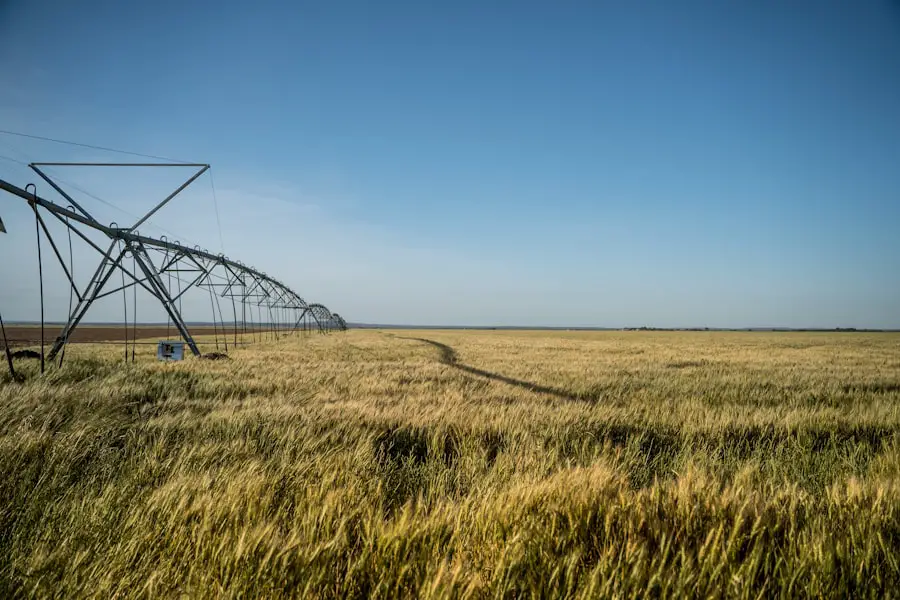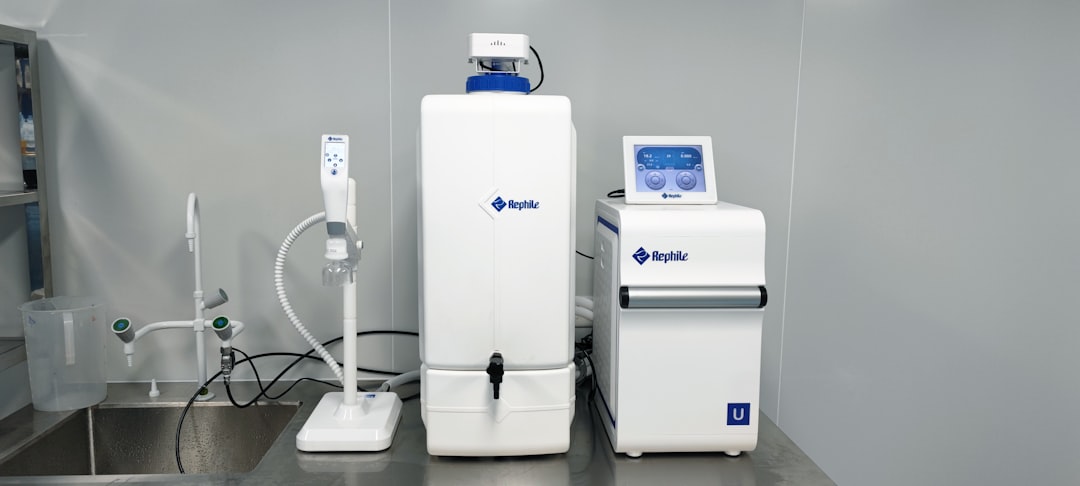As the chill of winter recedes and the promise of warmer days beckons, many travel trailer owners find themselves eager to hit the open road once again. However, before embarking on your first adventure of the season, it is crucial to de-winterize your travel trailer properly. This process not only ensures that your vehicle is ready for use but also helps prevent potential damage that can occur during the cold months.
De-winterizing involves a series of systematic checks and preparations that will safeguard your investment and enhance your travel experience. The de-winterizing process is not merely a checklist; it is an opportunity to inspect and maintain your travel trailer, ensuring that all systems are functioning optimally. From the exterior to the interior, each component requires attention to detail.
By taking the time to thoroughly prepare your trailer, you can avoid unexpected issues on the road and enjoy peace of mind as you embark on your journeys. This article will guide you through the essential steps of de-winterizing your travel trailer, providing insights and tips to make the process as smooth as possible.
Key Takeaways
- De-winterizing your travel trailer is essential before hitting the road for the camping season.
- Inspect the exterior of your travel trailer for any damage or wear and tear that may have occurred during the winter months.
- Check and test the water systems to ensure they are functioning properly and free of any leaks.
- Sanitize the water system to remove any bacteria or contaminants that may have built up over the winter.
- Test and prepare the propane system to ensure it is safe and ready for use during your travels.
Inspecting the Exterior of Your Travel Trailer
The first step in de-winterizing your travel trailer is to conduct a comprehensive inspection of its exterior. Begin by examining the roof for any signs of damage or wear. Look for cracks, tears, or loose seams in the roofing material, as these can lead to leaks when it rains.
Pay special attention to areas around vents, skylights, and air conditioning units, as these are common points of failure. If you notice any issues, it is advisable to address them promptly, either by applying sealant or consulting a professional for repairs. Next, turn your attention to the sides of the trailer.
Inspect the walls for any signs of delamination or water damage, which can manifest as bubbling or peeling paint. Check the windows and doors for proper sealing; any gaps can allow moisture to enter and cause mold or mildew growth inside the trailer. Additionally, examine the tires for wear and proper inflation.
Tires that have been sitting idle during winter may lose pressure or develop flat spots, which can affect handling and safety on the road. Ensuring that your tires are in good condition is vital for a safe journey.
Checking and Testing the Water Systems

Once the exterior inspection is complete, it’s time to focus on the water systems within your travel trailer. Start by checking the freshwater tank for any signs of leaks or damage. If you drained the tank before winterizing, refill it with fresh water and inspect for leaks around fittings and connections.
It’s also wise to check the water pump; listen for any unusual noises when it’s activated, as this could indicate a problem. Next, examine the plumbing lines for cracks or leaks that may have developed during freezing temperatures. Turn on the faucets and showerheads to ensure that water flows freely from each outlet.
Pay attention to any unusual odors or discoloration in the water, which could signal contamination or stagnant water remaining in the lines. If you notice any issues during this testing phase, it’s essential to address them before proceeding with further preparations.
Sanitizing the Water System
| Metrics | Data |
|---|---|
| Chlorine Levels | 2.0 ppm |
| pH Levels | 7.2 |
| Water Flow Rate | 10 gallons per minute |
| Temperature | 20°C |
Sanitizing the water system is a critical step in de-winterizing your travel trailer, as it ensures that your drinking water is safe and free from harmful bacteria. Begin by preparing a sanitizing solution using unscented household bleach—typically one-quarter cup of bleach per 15 gallons of fresh water is recommended. Fill your freshwater tank with this solution and then fill it with additional water until it reaches capacity.
After mixing the bleach solution with water, turn on the water pump and open all faucets until you detect a bleach odor. This indicates that the sanitizing solution has reached all parts of your plumbing system. Allow this mixture to sit in the system for at least 12 hours; this dwell time is crucial for effectively killing any bacteria or pathogens present in the lines.
Afterward, drain the system completely and flush it with fresh water until there is no longer a bleach smell. This thorough sanitization process will help ensure that your water system is clean and safe for use.
Testing and Preparing the Propane System
The propane system is another vital component of your travel trailer that requires careful attention during de-winterization. Begin by visually inspecting all propane lines and connections for signs of wear or damage. Look for any cracks in hoses or fittings that could lead to leaks.
It’s also important to check that all valves are closed before proceeding with testing. Once you have completed your visual inspection, turn on the propane supply and use a leak detection solution—often available at RV supply stores—to check for leaks at all connections. Apply the solution liberally; if bubbles form, this indicates a leak that must be addressed immediately.
If everything checks out, ignite each appliance connected to the propane system one at a time, ensuring they operate smoothly without any irregularities. This step not only confirms that your appliances are ready for use but also ensures that there are no lingering issues with your propane system.
Checking the Electrical System

The electrical system in your travel trailer is essential for powering lights, appliances, and other devices during your travels. Start by inspecting the battery; check its charge level and clean any corrosion from terminals using a mixture of baking soda and water. A well-maintained battery will ensure reliable power throughout your trips.
Next, test all electrical outlets and switches within the trailer. Plug in a device or use a multimeter to check voltage levels at each outlet. Ensure that lights function properly and that there are no flickering issues, which could indicate wiring problems.
Additionally, if your trailer has a generator or solar power system, test these components as well to confirm they are operational. A thorough check of your electrical system will help prevent inconveniences while camping and ensure that you have reliable power when you need it most.
Testing the Appliances
With all systems checked and prepared, it’s time to test each appliance within your travel trailer to ensure they are functioning correctly. Start with the refrigerator; if it operates on both propane and electric power, test both modes to confirm they are working properly. Allow some time for the refrigerator to cool down before checking its temperature.
Next, move on to other appliances such as the stove, oven, microwave, and air conditioning unit if applicable. For gas appliances like the stove and oven, ignite each burner individually to ensure they light easily and burn evenly without any unusual odors or sounds. For electric appliances like microwaves and coffee makers, plug them in and run them briefly to confirm they are operational.
Don’t forget about safety features such as smoke detectors and carbon monoxide detectors; test these devices according to manufacturer instructions to ensure they are functioning correctly. A thorough testing of all appliances not only guarantees their readiness but also enhances safety during your travels.
Preparing the Interior for Use
Finally, preparing the interior of your travel trailer is essential for creating a comfortable living space for your adventures ahead. Start by cleaning all surfaces thoroughly; dust can accumulate during winter storage, so wipe down countertops, tables, and other surfaces with appropriate cleaners. Pay special attention to areas that may have been exposed to moisture during winterization.
Next, check bedding and upholstery for any signs of mold or mildew; if necessary, wash linens and vacuum upholstery to remove dust and allergens. Organize storage areas by removing items that may have shifted during storage and ensuring everything is in its designated place for easy access while traveling. Finally, consider adding personal touches such as decorative items or fresh flowers to create an inviting atmosphere within your travel trailer.
By taking these steps to prepare the interior, you will enhance your overall camping experience and create a welcoming environment for family and friends during your travels. In summary, de-winterizing your travel trailer involves a comprehensive approach that encompasses exterior inspections, water system checks, propane testing, electrical assessments, appliance functionality tests, and interior preparations. Each step plays a crucial role in ensuring that your travel trailer is ready for safe and enjoyable adventures ahead.
If you are looking to de-winterize your travel trailer, you may also be interested in learning about the best travel CPAP machines. These devices can be essential for individuals who suffer from sleep apnea and need to ensure they have a restful night’s sleep while on the road. Check out our article on the best travel CPAP machines to find the perfect one for your needs.
FAQs
What is de-winterizing a travel trailer?
De-winterizing a travel trailer refers to the process of preparing the trailer for use after it has been winterized. This typically involves reversing the steps taken to protect the trailer’s plumbing and systems from freezing during the winter months.
When should you de-winterize a travel trailer?
You should de-winterize a travel trailer when the weather begins to warm up and the risk of freezing temperatures has passed. This is typically done in the spring before the camping season begins.
What are the steps to de-winterize a travel trailer?
The steps to de-winterize a travel trailer may include flushing the antifreeze from the plumbing system, sanitizing the fresh water tank, checking for any damage caused by freezing temperatures, and testing the various systems to ensure they are functioning properly.
Do I need any special tools or equipment to de-winterize a travel trailer?
You may need a few basic tools and supplies to de-winterize a travel trailer, such as a water hose, a wrench for removing drain plugs, and RV-specific antifreeze for sanitizing the fresh water system.
Can I de-winterize a travel trailer myself, or should I hire a professional?
De-winterizing a travel trailer is a task that can typically be done by the owner, as long as they are comfortable with basic maintenance tasks and following the manufacturer’s guidelines. However, if you are unsure or uncomfortable with the process, it may be best to hire a professional to ensure it is done correctly.
